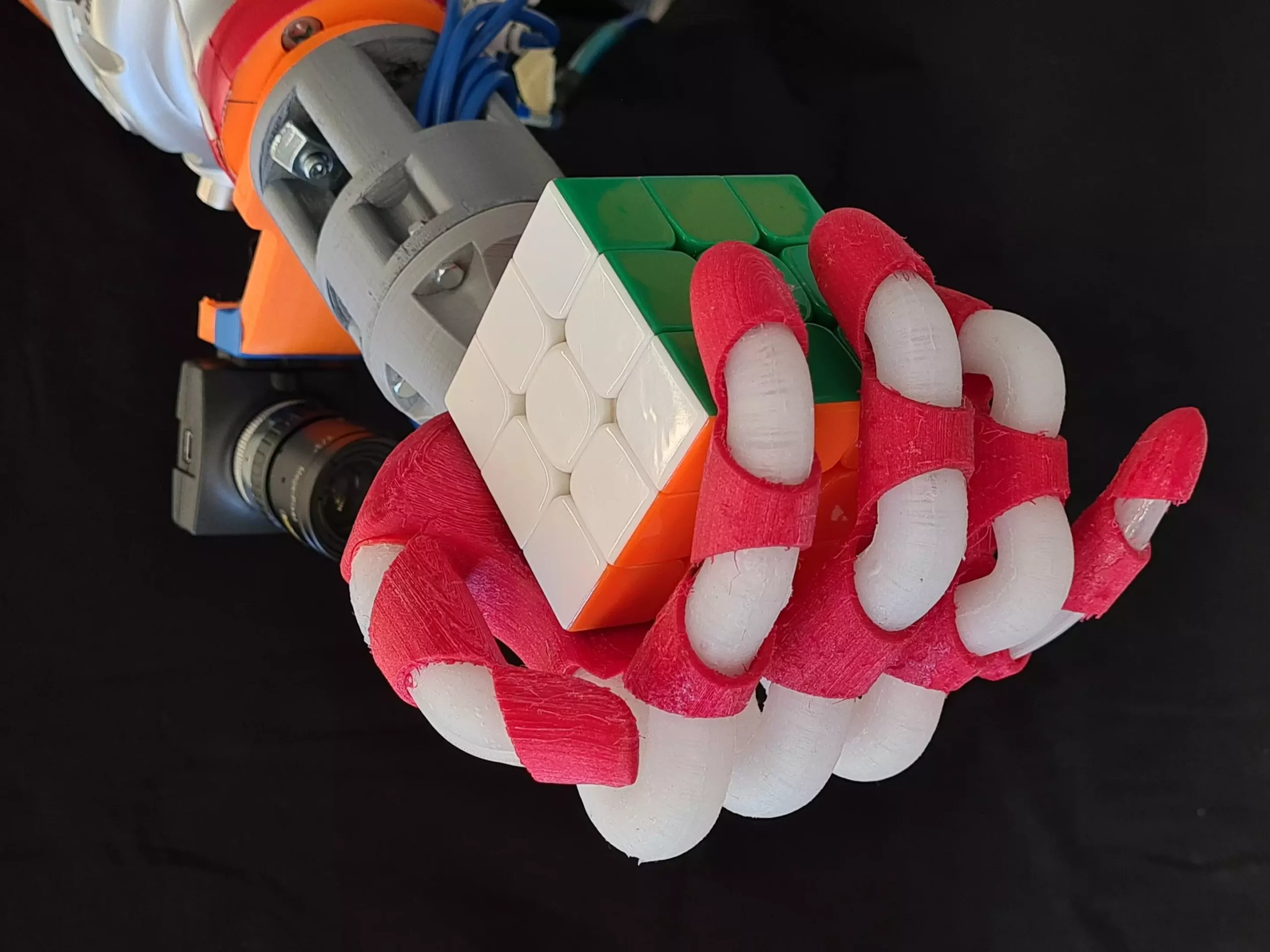Robots that mimic the appearance and abilities of humans and animals have come a long way, particularly those based on soft materials. However, many existing soft robots are challenging to produce on a large scale due to their costly components or complex fabrication process. Addressing this issue, researchers at the University of Coimbra in Portugal have recently developed a soft robotic hand that offers a more affordable and easier-to-fabricate solution. By integrating soft actuators with an exoskeleton, both of which can be produced using scalable techniques, this new design presents numerous advantages and opens up possibilities for widespread application.
The Inspiration from Nature
While traditional robots are predominantly made of rigid materials, researchers at the University of Coimbra are inspired by nature’s composition of hard and soft parts in animals. Observing animals like earthworms, which are entirely soft-bodied, they anticipate that the next generation of robots should incorporate components made of soft materials or even be entirely soft-bodied. Besides being more realistic, such soft robotic systems offer increased safety and the ability to coexist with humans and animals in various environments.
The key objective of the recent work by the researchers at the University of Coimbra was to develop a soft robotic hand that is not only safe but also affordable. By achieving this, they aim to promote large-scale deployment of soft robotic hands, leading to further advancements in the field of robotics. Utilizing finite element analysis, they optimized the design before physically fabricating the hand, reducing prototyping costs. The researchers successfully employed regular 3D printing to directly print some components in soft materials and printing molds in rigid materials.
The Structure and Functionality of the Soft Robotic Hand
The soft robotic hand created by the researchers at the University of Coimbra is composed of multiple materials and meticulously designed to replicate the appearance and functionality of human hands. It is configured with five soft actuators, each corresponding to a finger, along with an exoskeleton to allow flexibility in finger movements. An ON-OFF controller ensures that the specified finger bending angles are maintained, enabling the hand to effectively grip objects of various shapes, weights, and dimensions. Preliminary evaluations of the hand’s performance in simulations and experiments have yielded highly promising results, demonstrating its ability to successfully grasp different objects.
Revolutionizing Soft Robotic Hand Fabrication
The primary contribution of this research lies in the integrated design-fabrication system, which maximizes efficiency and reduces costs. By leveraging finite element analysis to optimize the design before fabrication, the researchers have streamlined the typically time-consuming and resource-intensive procedures associated with soft robotic hand development. This breakthrough has tremendous potential to make soft robotic hands more accessible, while fostering innovation and attracting a wider audience to contribute to the field.
The soft robotic hand developed by the team at the University of Coimbra holds considerable promise for advancing the capabilities of robots. Its affordability and ease of fabrication make it an ideal tool for both academic teams and individual roboticists to test new artificial intelligence (AI) algorithms and computational tools. Furthermore, the design of this hand paves the way for cost-effective humanoid robots that can assist humans in their everyday activities. The researchers’ future studies will focus on enhancing the fabrication of soft actuators and sensors to further improve the accessibility of soft robots and enable their control using artificial intelligence.
The development of a more affordable and easier-to-fabricate soft robotic hand by the researchers at the University of Coimbra showcases the immense potential of integrating soft actuators with an exoskeleton. By drawing inspiration from nature and refining their design through finite element analysis, the researchers have made significant strides in advancing the field of soft robotics. This breakthrough opens up new avenues for research, innovation, and practical applications in various sectors, ranging from artificial intelligence to human assistance. With continued efforts in this direction, the era of soft robots that closely replicate the appearance and abilities of humans and animals is within reach.


Leave a Reply